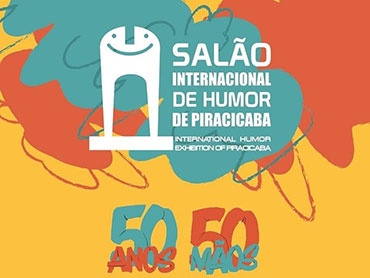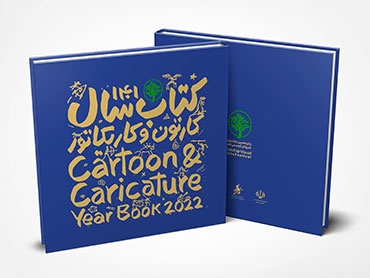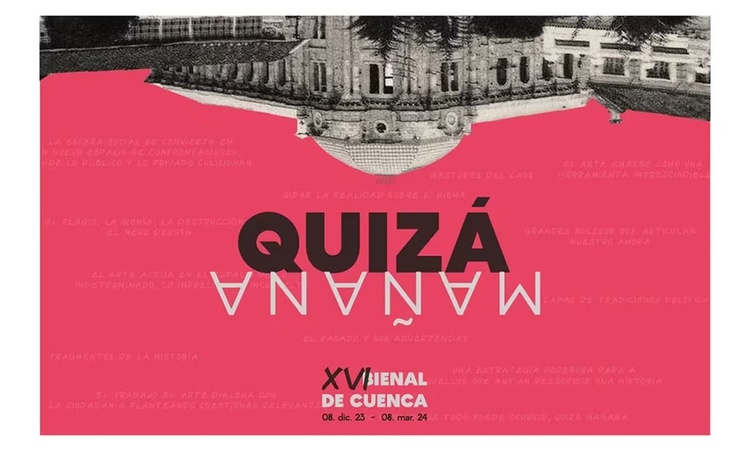
The Cuenca Art Biennial, in Ecuador
Migration, violence and democracy are axes of the Cuenca Art Biennial, in Ecuador
“We seek an improvement in democracy based on the utopia of art, to believe that something is going to change and something is going to be better,” explained Hernán Pacurucu, director of the 16th Cuenca Biennial called “Perhaps tomorrow.”
The sixteenth edition of the Cuenca Biennial is titled "Perhaps Tomorrow" and is curated by the Spanish-Argentine curator Ferran Barenblit
Ping-pong tables made with confiscated drugs, cages with balloons that represent children in migration processes, a constitution for nature or an immense school blackboard from yesteryear, are some of the works that make up the Cuenca Biennial (Ecuador), one of the most important in Latin America.
The sixteenth edition entitled Maybe Tomorrow, by the Spanish-Argentine curator Ferran Barenblit, brings together 34 artists from Germany, Mexico, Argentina, Spain, Canada, Chile, Ecuador, the United States, the United Kingdom, Paraguay and Brazil, among other countries.
Maybe tomorrow will be a biennial that reflects on the crisis of democracy and the conflicts of the present, with a special emphasis on Latin America, indicated Hernán Pacurucu, director of the Cuenca Biennial.
“We are not looking for an improvement of democracy from politics, but rather, from the utopia of art, from that idea of constructing metaphors (...) to believe that something is going to change and something is going to be better,” he explained.
Hernán Pacurucu is the director of the Cuenca Biennial (EFE/José Jácome)
This edition of the Cuenca Biennial was structured in two parts: the official exhibition, with the participation of 29 projects from 18 countries; and the parallel exhibitions, in which 17 Ecuadorian artists participated, who are displayed in various museums and galleries in the historic center of Cuenca, declared a cultural heritage of humanity by UNESCO.
With eight venues and inaugurated on December 8, the Biennial will offer until March 8 video arts, drawings, installations, murals, performances, art-objects and pieces that open dynamics of playful art, in which the public interacts, draws and play.
Drug made ping-pong
“Art is in a process, no longer of observation, of analysis, but rather of intervention,” said Pacurucu, commenting that the public plays on ping-pong tables built with confiscated drugs.
And when the Mexican artist Teresa Margolles (Sinaloa) learned that the Ecuadorian authorities decided to make cement blocks with confiscated cocaine, she presented a project to use that material in an artistic expression, and thus built ping-pong tables, which she later They will be left in parks.
For the visitors – said Pacurucu – what has caught their attention the most is the fact that “they can play on something that could have been causing deaths,” which establishes a different dialogue “between violence and happiness, between death and life,” he reflected.
The Biennial, which has received 30,000 people in its first month, also has among its works a giant cage inside which there are gray heart-shaped balloons that float, in what is a metaphor "for children locked in borders." he narrated.
He highlighted the ingenuity with which the artist treats such a “hard” subject and “makes it so sublimely poetic, seeing hearts locked up that don't know where to go.” It is moving and a “form of denunciation of what is happening and how we all turn a blind eye,” he commented.
Among the interactive works there is an installation painted in the green characteristic of the blackboards of yesteryear, as an “exercise in imposing an educational format,” and with the work the visitor is invited to write his own story with chalk.
For Hernán Pacurucu, the art gathered at the Biennial "takes the visitor to a more inspiring world" (EFE/José Jácome)
For Hernán Pacurucu, the art gathered at the Biennial "takes the visitor to a more inspiring world" (EFE/José Jácome)
A more inspiring world
The Cuenca Biennial, the second most important in Latin America after that of Sao Paulo (Brazil) according to Pacurucu, is taking place at a time when the president of Ecuador, Daniel Noboa, has declared the existence of an “internal armed conflict” against the organized crime mafias, which he classifies as “terrorists.”
For Pacurucu, the project fits well at this moment because, instead of accentuating this violence, it takes the visitor "to a more inspiring world, it takes away that harsh reality to tell them: 'There is hope, there is utopia, another world is possible.' ”.
The Biennial includes a discussion about hope and bicycle rides through the venues so that the citizen's routine is calmed by other ways of perceiving the world under the terms of art.
“We all need more art to create better human beings. And the world of art in its metaphors, in its metonymies, in its utopias, generates those great worlds of creativity that find another way for us to escape from this world,” he concluded.
Source: EFE
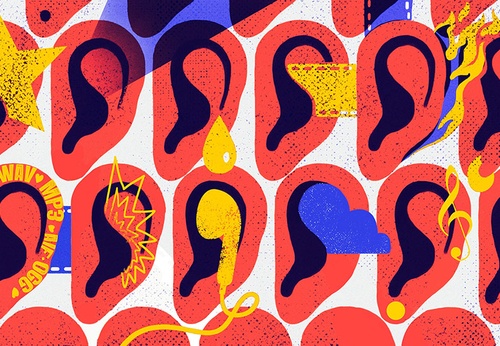
- July 18, 2025
Gallery of Illustration by Yanaisy Puentes – Cuba
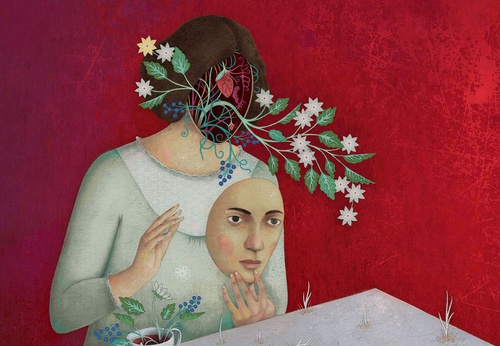
- July 18, 2025
Gallery of Illustration by Alefes Silva – Colombia
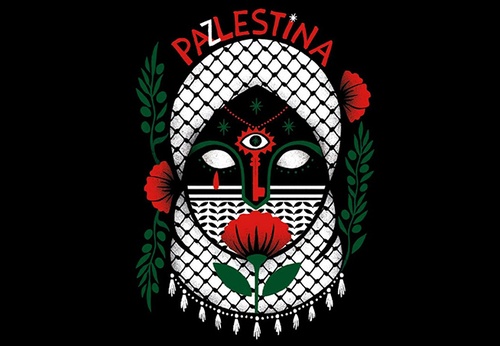
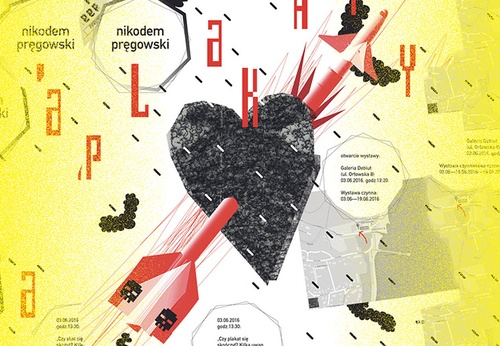
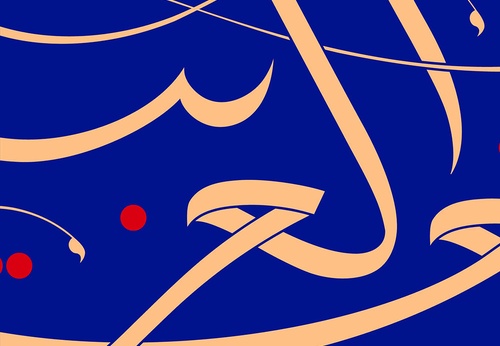
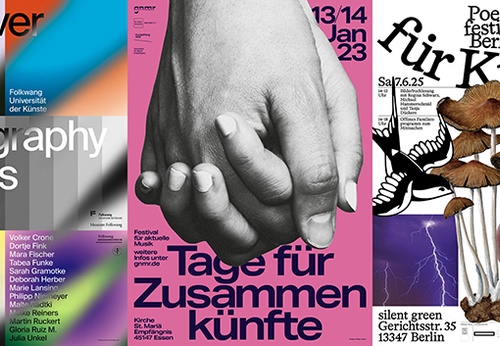
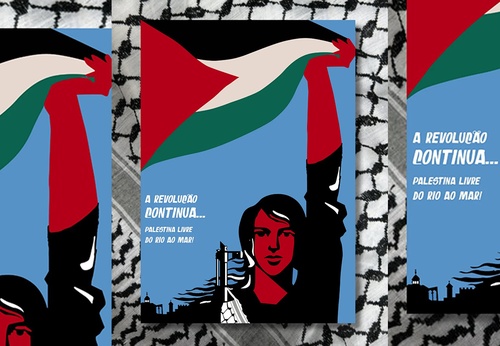
- July 18, 2025
Gallery of Graphic Works by Rodrigo Castello from Brazil
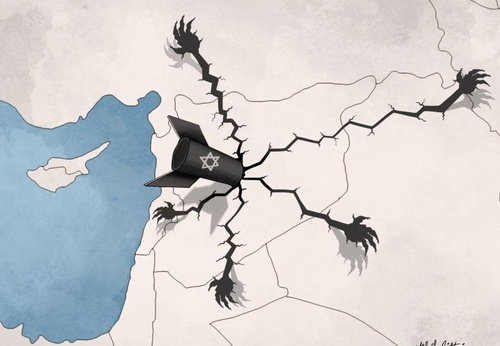
- July 17, 2025
Syria
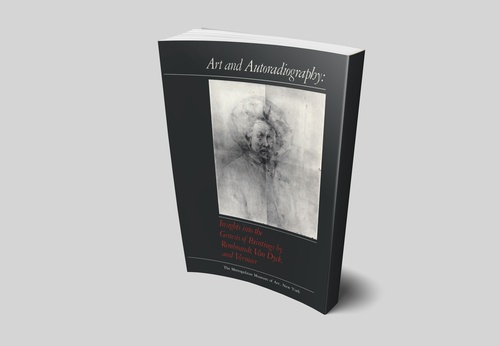

- July 16, 2025
ICBC Argentina Exclusive at MALBA

- July 16, 2025
The Ama Amoedo Foundation will award $1…

- July 16, 2025
Art Exhibition, "The Psychonaut," by Ch…

- July 15, 2025
Rudy Cottón Exhibition in Guatemala

- July 15, 2025
Exhibition of a Legend of Latin America…

- July 14, 2025
An exhibition that says nothing

- July 12, 2025
Art as a tool for “a healthy and creati…

- July 12, 2025
The art of Páez Vilaró arrives in Villa…

- July 12, 2025
Circuits of the Future in Carlos Ortúza…

- July 11, 2025
Works by Six Latin American Artists

- July 10, 2025
The Voice of Latino Art in the Heart of…

- July 09, 2025
Douglas proposed in front of the painti…

- July 08, 2025
Unprecedented Botero Exhibition in Guan…

- July 07, 2025
Last chance to view LATINOAMERICANO exh…

- July 07, 2025
The contemporary art exhibition was ina…

- July 02, 2025
Hugo Correa Exhibits at Museo Ralli San…

- July 02, 2025
The Exhibition That Reimagines the Past…

- July 02, 2025
The Major Exhibition "Before America" …

- June 29, 2025
Peruvian painter Gerardo Chávez dies at…

- June 29, 2025
ARCOmadrid 2026 Opens Call for Entries …

- October 08, 2023
Illustrations reflect the brutal Israel…

- December 25, 2023
The jury statement of the Iran-Brazil F…

- July 29, 2023
History of Caricature in Brazil

- April 20, 2024
Poignant Image of Grief Wins Mohammed S…

- March 21, 2024
The history of art in Palestine

- May 22, 2025
Brady Izquierdo’s Personal Exhibition O…

- September 01, 2023
Neural Filters in new photoshop 2023

- October 21, 2023
Erick Meyenberg and Tania Ragasol at th…

- May 25, 2025
Bordalo II to hold exhibition in Paris …

- August 09, 2023
Venezuela mural expresses solidarity wi…

- March 30, 2024
illustration websites in Latin America

- March 15, 2024
museum of sculpture of Salvador Dali

- March 14, 2024
museum of statue of van gogh

- May 20, 2024
Latin American Festival of Performing A…

- July 30, 2024
The artist from San Luis Mirta Celi rep…

- March 18, 2025
Works by Cuban Artist Eduardo Abela in …

- January 04, 2025
Material Art Fair 2025

- July 03, 2024
Newly discovered rock art in Venezuela

- November 07, 2024
The exhibition “The message behind Bote…

- October 30, 2023
Palestinian turns images of the Gaza co…

- February 18, 2024
7 Ways to Understand What Visual Arts A…

- May 15, 2024
Eleven murals for Gaza painted across t…

- January 02, 2025
13 commemorations that will mark the cu…

- October 08, 2023
Illustrations reflect the brutal Israel…

- October 17, 2023
The influence of Latin American artists…

- November 17, 2023
Fernando Botero's work is booming after…

- December 25, 2023
The jury statement of the Iran-Brazil F…

- July 29, 2023
Piracicaba International Humor Exhibiti…

- February 03, 2024
THE HISTORY OF NAIF ART

- November 06, 2023
Heba Zagout: Palestinian artist murdere…

- July 02, 2024
One of the largest urban art galleries …

- February 01, 2025
A maior exposição de Botero em Barcelona

- December 10, 2023
Sliman Mansour and Palestinian art on t…

- July 20, 2024
First International Mail Art Biennial 2…

- September 01, 2023
Neural Filters in new photoshop 2023

- March 14, 2024
museum of statue of van gogh

- October 30, 2023
Palestinian turns images of the Gaza co…

- October 23, 2023
Controversy over the project that will …

- February 06, 2024
Bolivian artists will be at the 2024 Ve…

- February 08, 2024

